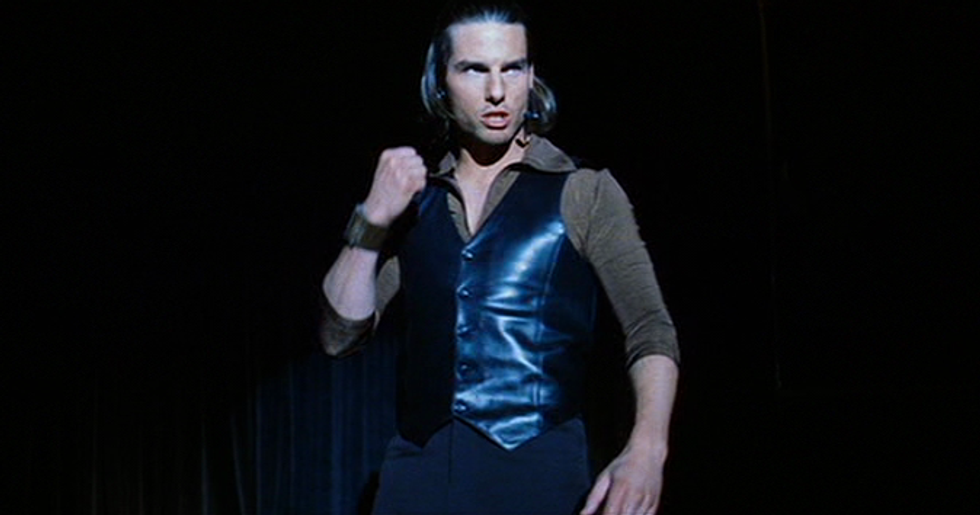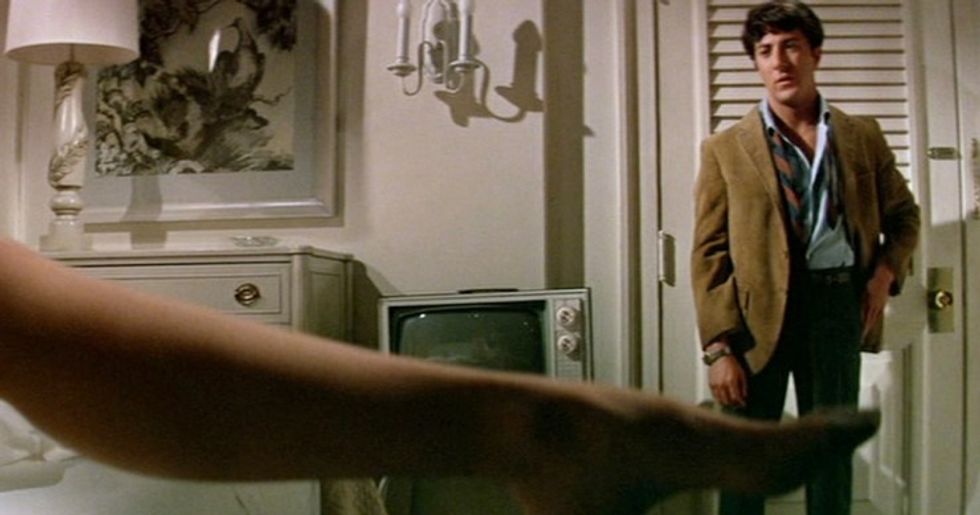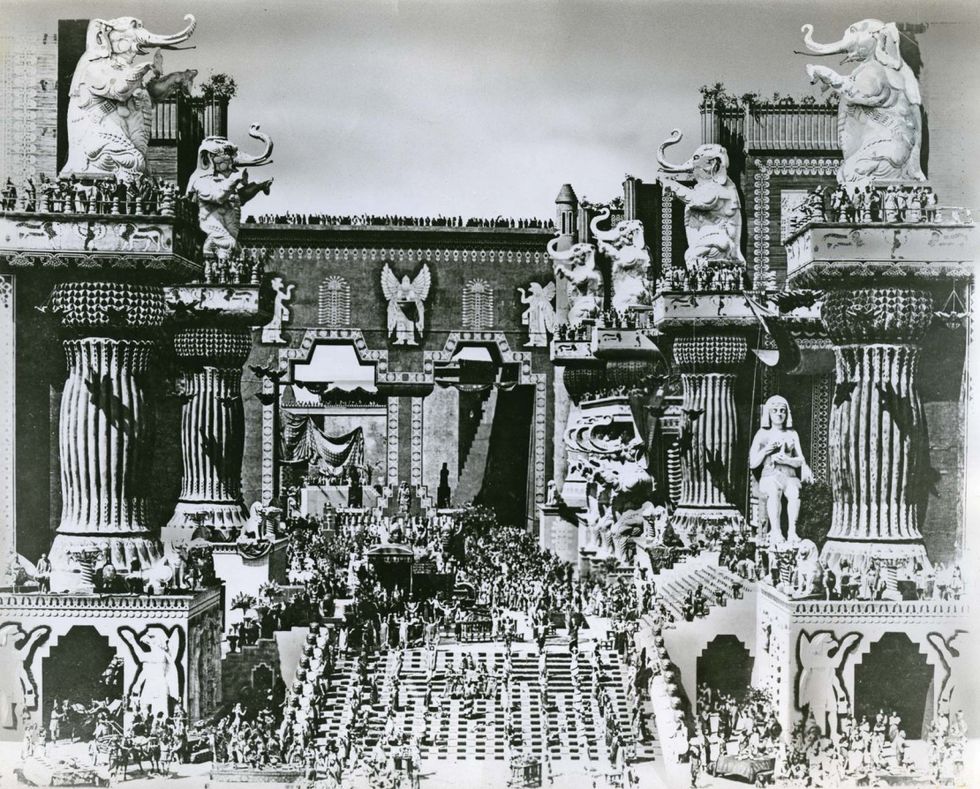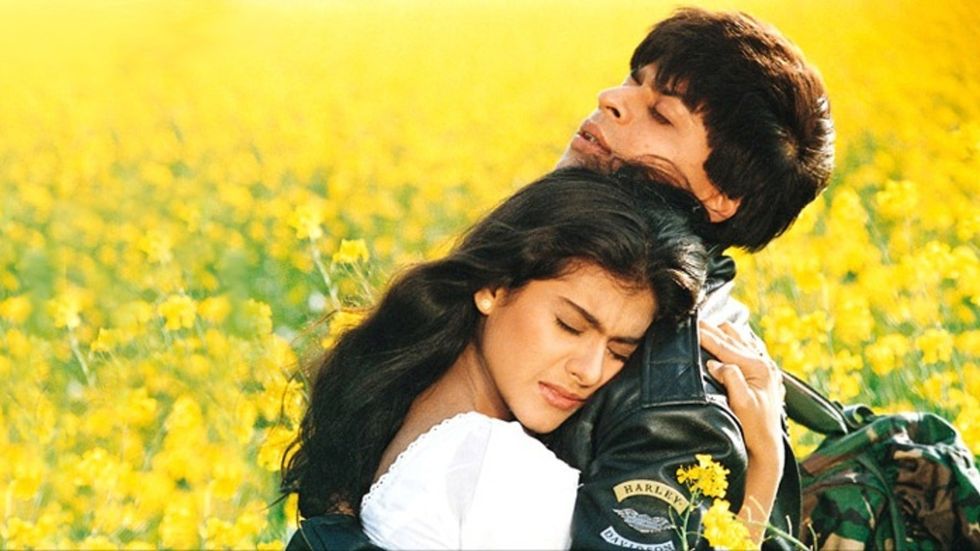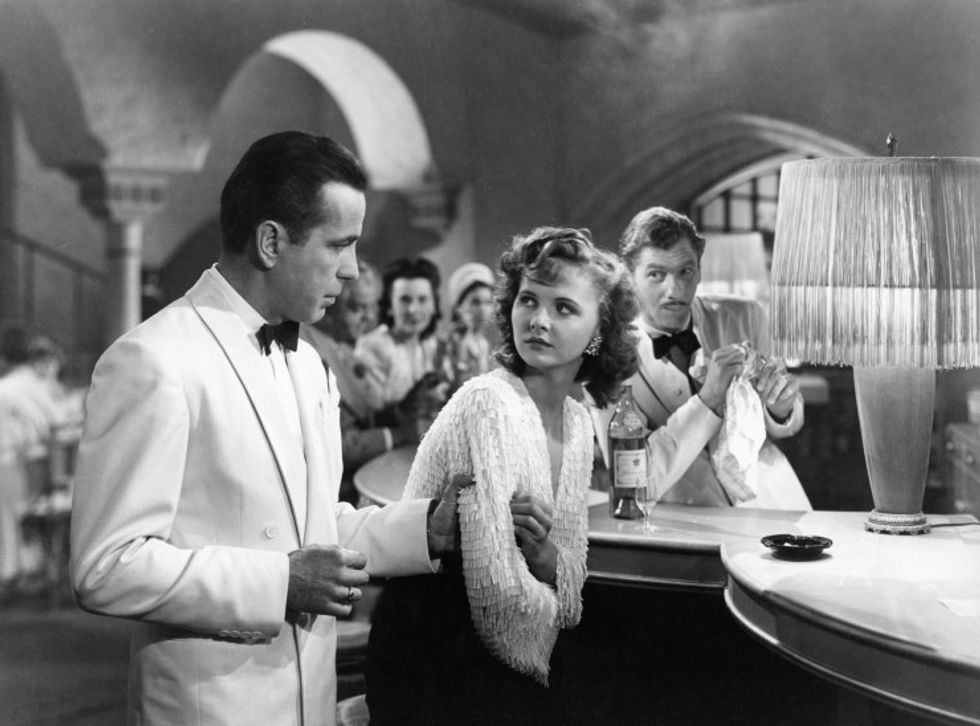What Does a Voiceover Artist Need For a Fast Turnaround?
Using a narrator in your film? Here’s a checklist of the comprehensive information about your project that they’ll need in order to deliver.

[Editor's Note: No Film School asked audio producer Simon Luckhurst to share his experiences working with voiceover talent for film and video.]
If you’ve decided to use narration in your film, it can be a key component to whether or not audiences buy into the story you’re trying to tell. And it very likely comes in at the end of a long post-production process when you’re short on time and resources.
Most voiceover artists are skilled professionals, but for the best—and fastest—results, you need to make sure that your narrator has all the material they need to do a good job. A voiceover artist can work with a script scribbled, scanned, and emailed, but it’s unlikely the resulting work will be exactly what you envisioned.
To ensure the video and voiceover will work together as a coherent whole, don’t just hope that the audio will be as you imagined.
I am an audio producer and work daily with leading voiceover artists. I know what we need from a video producer to ensure success. The points I’ve summarized below should serve as a useful guide and help you get great results on the tightest deadlines.
Script
This one seems obvious, but on a hectic schedule, it’s all-too-easy to fire off that email, and forget to attach the script. The sooner the voiceover artist gets the script, the faster they can get to work.
Background info
A skilled voiceover artist is capable of providing audio for a wide range of content, but unless they have some guidance about the intended audience, the target market, and the context surrounding the production, it’s hard for them to quickly ‘nail’ that audio. Background information helps a voiceover artist get it right first time, and minimizes the need for rerecording.
You know the impression you want your film to make, but your voiceover artist doesn’t unless you tell them.
The film
Let’s see it! Although having the video itself is not a necessity, it really helps the voiceover artist ‘get’ what you’re going for. Often, your cut won’t be finished yet. With just a script, of course it’s possible to record great voiceover, especially with some good direction. But to ensure the video and voiceover will work together as a coherent whole, don’t just hope that the audio will be as you imagined. If you even have a rough cut with the general pacing in tact, get the it to the talent, and let them work together.
Style guide
A style guide adds additional information so the voiceover artist can shape the delivery, pace, tone, and emotional content to better realize your vision for the project. You know the impression you want your film to make, but your voiceover artist doesn’t unless you tell them. Do you prefer an upbeat and friendly tone? Or is a sober and serious tone more appropriate to your project?
A skilled voiceover artist can speak your words in a million different ways. With subtle shifts of tone and emphasis, they can completely change the message your film conveys to its audience. Take the time to think about the style and tone you’re looking for.
Make your technical requirements explicit so there’s no room for misunderstanding.
Pronunciation guide
The most skilled voiceover artist can stumble over technical terms and unfamiliar names. Take a look through your script for any words that you wouldn’t expect the average educated person to be able to pronounce (Do you know how to pronounce Featherstonhaugh?)
Perhaps show it to a friend who is unfamiliar with the project and ask them if there are any words they’d have trouble with. If you can, include a recorded pronunciation guide for difficult or unusual words, and at the very least a written indication of how they should be pronounced.
Technical requirements
Finally, what are the technical requirements for the audio recording and voiceover? These might include the file type the audio should be delivered in, how files should be split and named, volume levels, and synchronization information. Don’t assume the voiceover artist knows your technical requirements, or that your particular requirements are the “standard.” It’s better to make your technical requirements explicit so there’s no room for misunderstanding.
All this might seem like a lot of work when you’re under a deadline, but giving the voiceover artist what they need will save you time and money in the long run. Comprehensive guidance will help the voiceover artist deliver a pitch-perfect voiceover quickly and reduce the need for re-recording.
Simon Luckhurst is the owner of Voice Talent Online, a UK-based company that provides end-to-end voiceover and audio localization. He has 14 years' experience in audio production, localization and business ownership.
Featured image copyright: Tyler Olson

